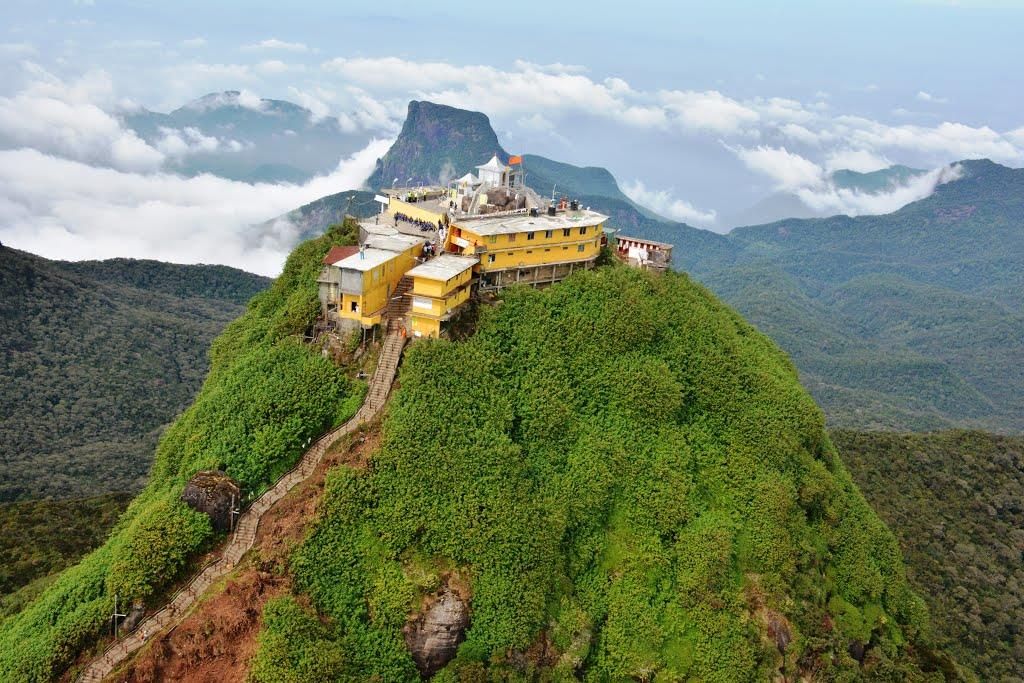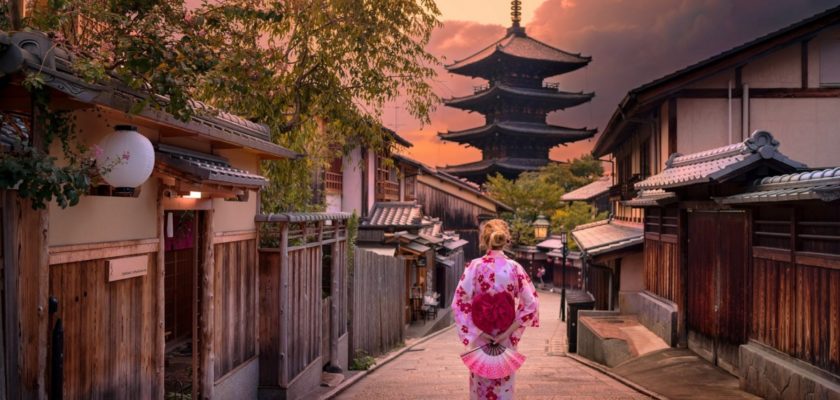Either we accept or not that Buddha truly made that mark on the rock or that God truly appeared on the burning bush, we cannot disregard other’s acceptance. With the presence of faith, it uplifts the spiritual places, creating them more of just a mere tree or stone. When you go to these places, maybe, just maybe you might be able to find religion. Or maybe not.
But probably you will be able to find something – knowledge, connectedness, beauty and a bit of inner peace.
North Island, New Zealand – The Cape Reinga
Located at the edge of Northland, wherein the Pacific Ocean and the Tasman Sea collide, the gnarled tree of pohutukawa tree that clutches at the edge of the cliff which sends souls below towards the underworld… as stated by Maori mythology, Cape Reinga – known also as Te Reigna Wairua, “leaping-off place of spirits” – a place where the dead departs, sliding down to the old tree and unite with goddess Hinenuitepo in afterlife. It is their connection with the ancestors for Maori people. But for the visitors, it’s a breathtaking place at the end of earth.
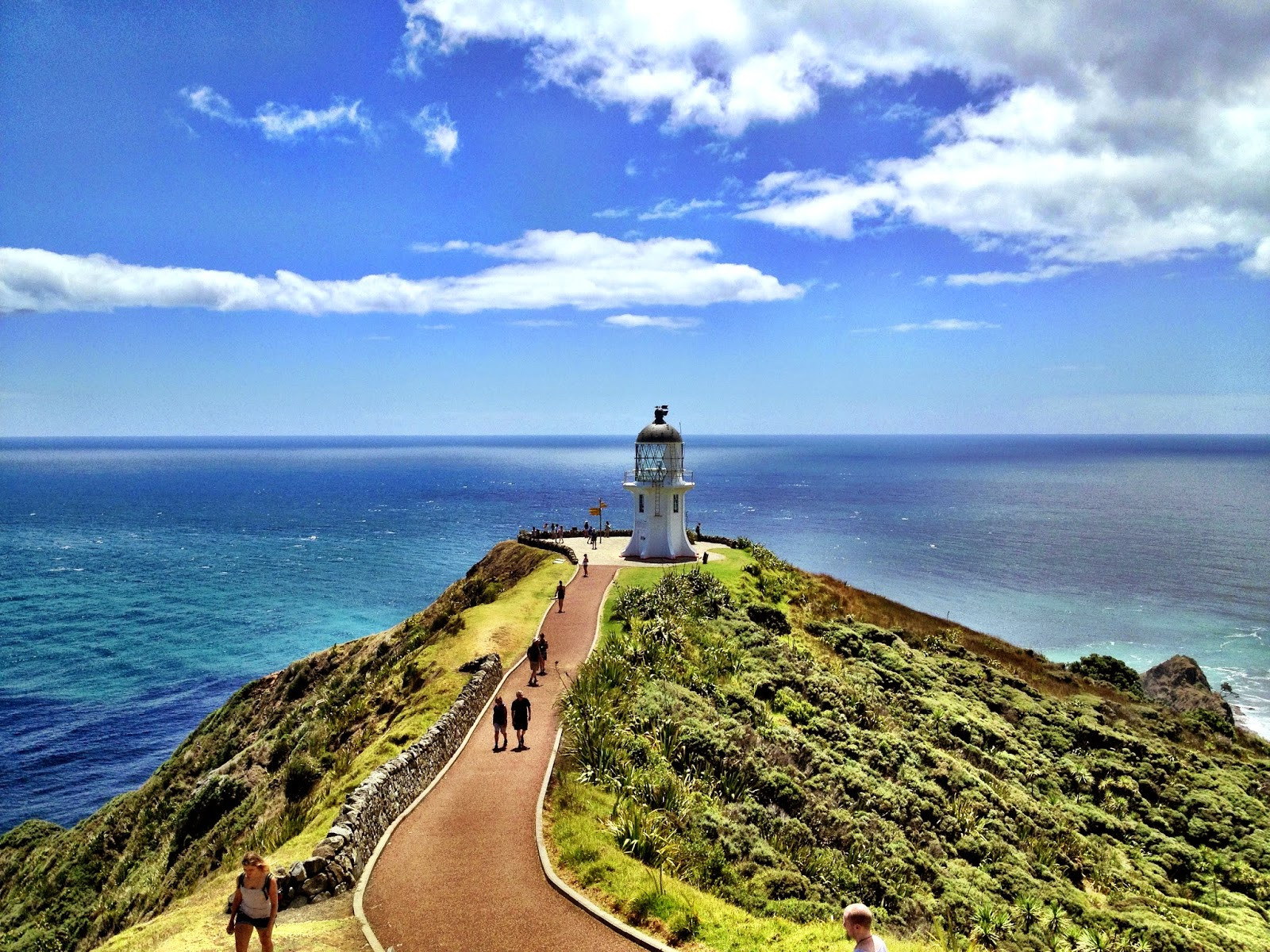
Cordoba, Spain – The La Mezquita
Mezquita is a Spanish term for mosque, and the Cordoban complex truly, is way more complex than mosque. During the eighth century, succeeding the Islamic conquest in Iberia, the basilica was divided and was shared by Christians and Muslims. However, in 784 AD, a new magnificent mosque has begun constructing, with courtyard of orange-tree and a prayer hall with striped arches that seem infinite. During the 16th century, after it was reconquest by the Christians, Catholic cathedral was built inside; minaret was enclosed in bell tower. It resulted to clash of religions and architecture. However, this still one of the most striking structure in the world.
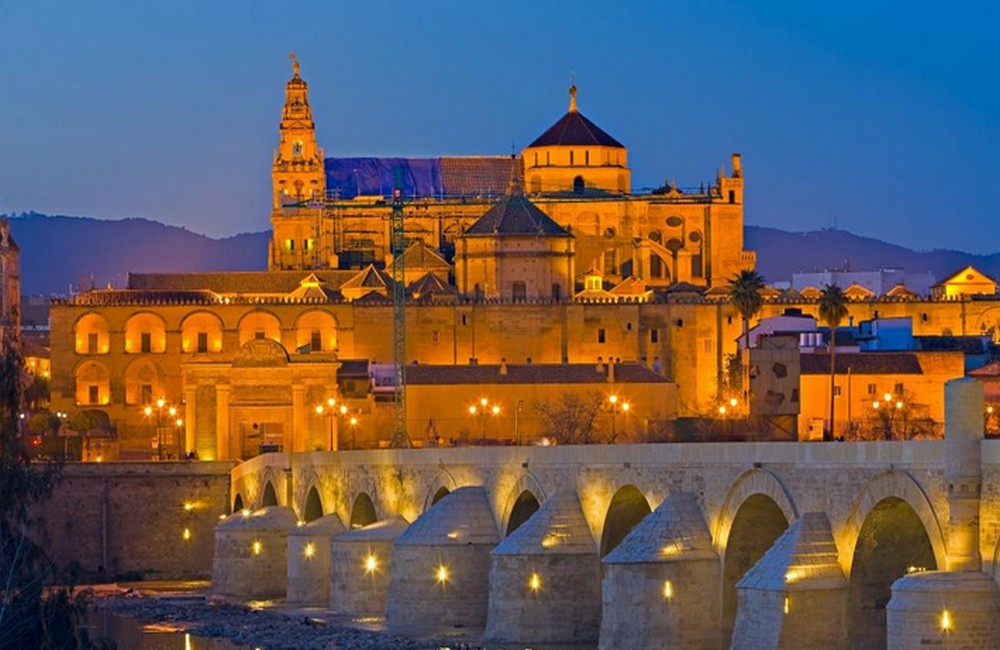
Wiltshire, UK – The Avebury
This place is dotted with peculiarity: the cutesy village that is divided by stone circle; a baffling sanctuary for the concentric rings; long barrows dating back to 3650 BC; the largest mound made by man in Europe and nobody knows what it’s for. Perhaps it was key Neolithic ritual site, a place where people can perform ceremonials and connects with the spirits and seasons. This connection still, however, is possible: In search of apparent ley lines, have to hire dowsing rods, touching the mighty sarsen stones or go to manor for a cream tea.
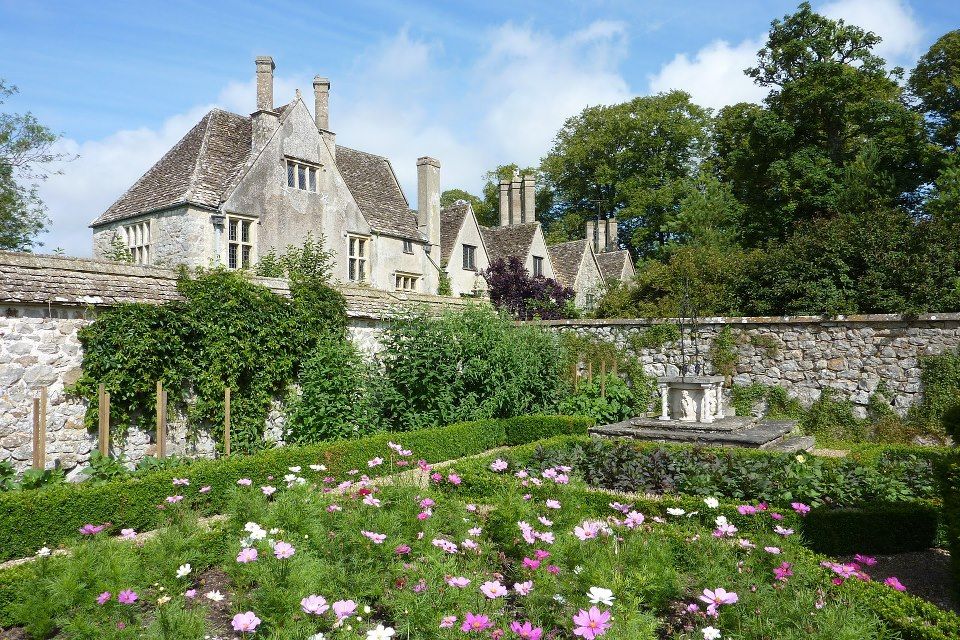
Japan – The Kyoto
Kyoto was known previously as Heian-Kyo, “Capital of Tranquility and Peace”. It has been the center for the culture of Japanese for thousands of years – and still so until now. It has overflowing spiritual sites: 90 Christian churches, 400 Shinto shrines, and 1660 Buddhist temples dot on the ancient lanes. The Fushimi Inari Shrine and the captivating trail on red torii, at the hill on the vicinity of Kyoto is a nice spot to achieve the overview of its spiritual city.
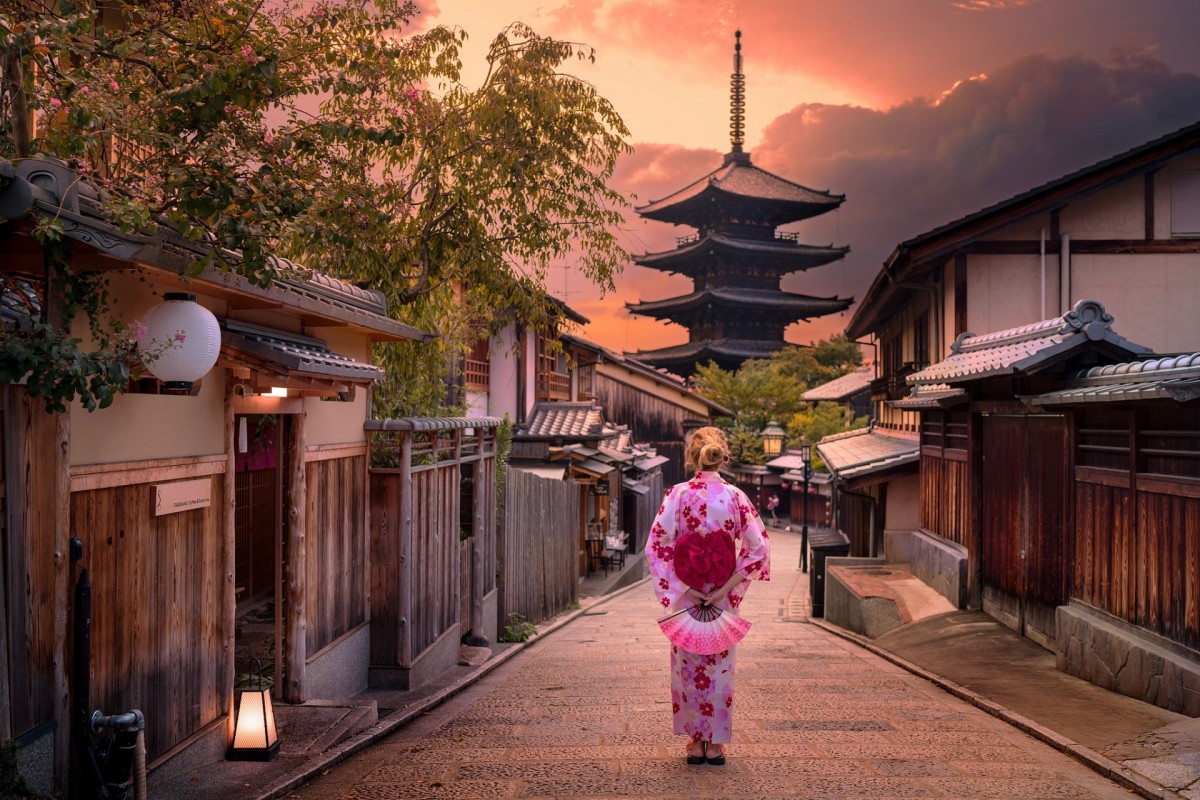
Tibet Autonomous Region, China -The Mount Kailash
Kailash is more beyond a mountain with 6714m high on the western Tibet. A mandala, center of the universe, a source for Asia’s four great rivers, most revered with about billions of devotees – Bons, Jains, Hindus and Buddhists all regarded it sacred. The utmost test is to perform kora, circular pilgrimage all around its mountain with approximately 52km and scattered with yaks, the prayer flags & breathtaking views. The Buddhists believe it will absolve bad karma for one lifetime and with 108 koras would lead to full enlightenment.
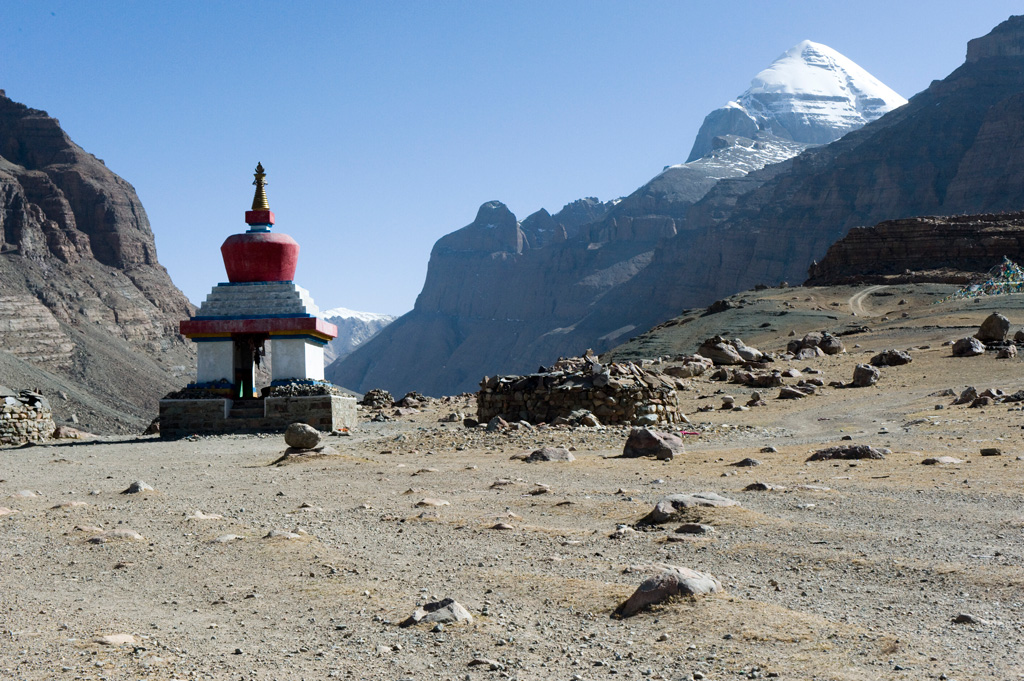
Germany – The Wittenberg
Martin Luther, a priest, and professor attached 95 theses to Wittenberg’s Schlosskirche (Castle Church) heavy doors in 1517 and changed the flow of history. His questioning document get started Protestant Reformation, the huge shake-up to a Christian world. Heavy metal door replaces the wooden doors. The church opens for tours, concerts and services. His tomb is located 289 steps up on round tower, there’s an inscription with a title of his hymns, to look over the groundbreaking medieval city.
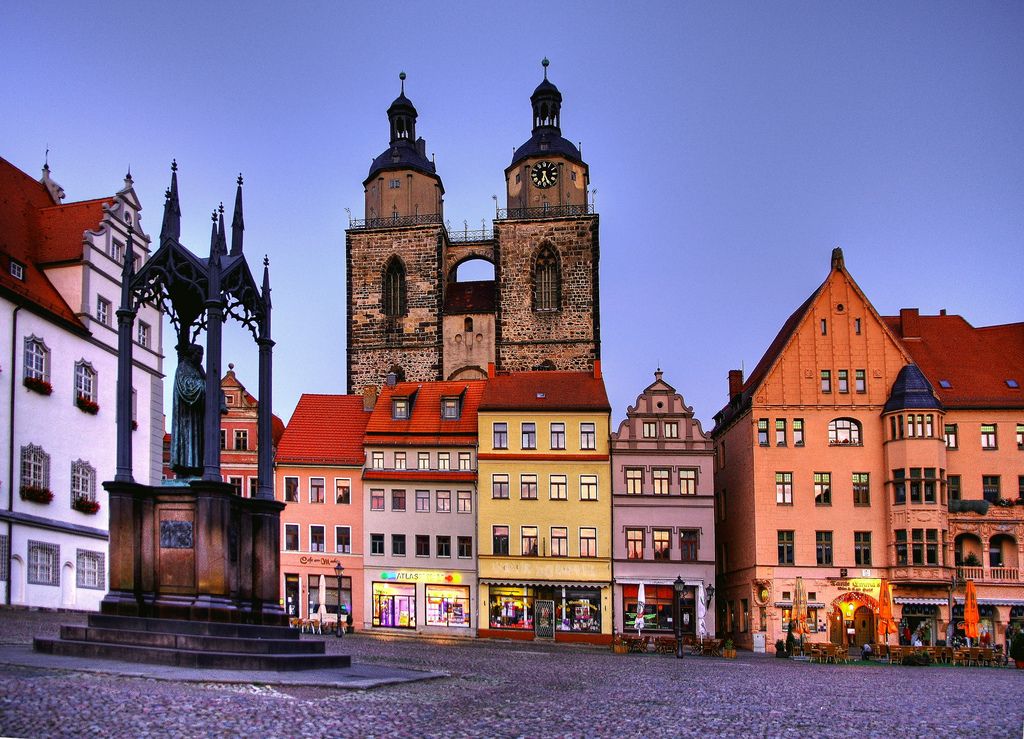
Sri Lanka – Adam’s Peak
A dented rock sits at the top of the pyramid peak, in the midst of the tea country – known as sri pada, or the “sacred footprint”. The believers of different religions make a stiff climb in order for them to worship at the holy heel, which depends on their faith – perhaps can be the mark of Shiva, Adam, Saint Thomas or Buddha. The pilgrim’s route leads up a 2,244m mountain along shrines, tea estates, steep steps, a forest filled with wildlife and long drops. Make the climb to have a view of devotees giving offerings and amazing highlands stretch out below.
